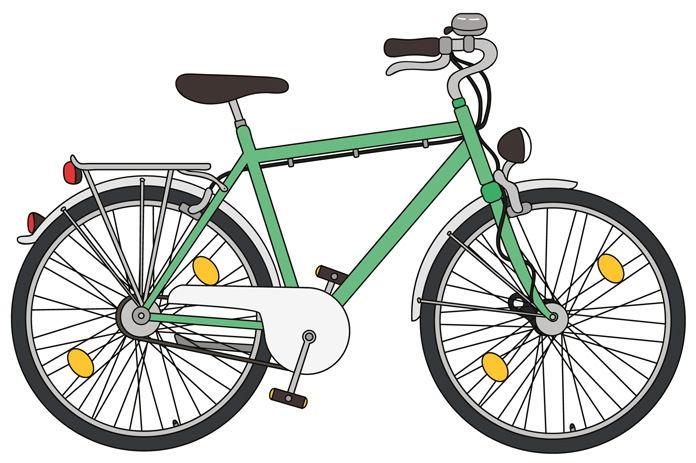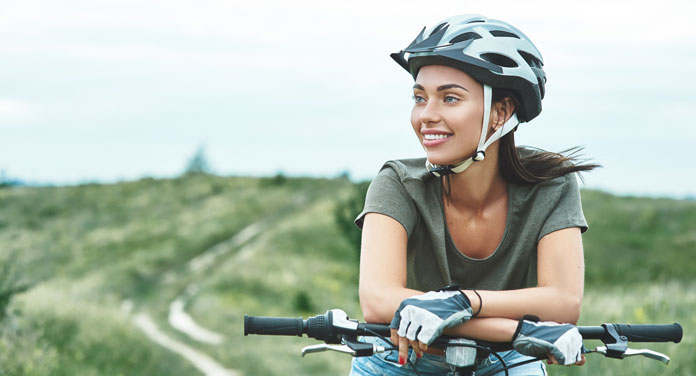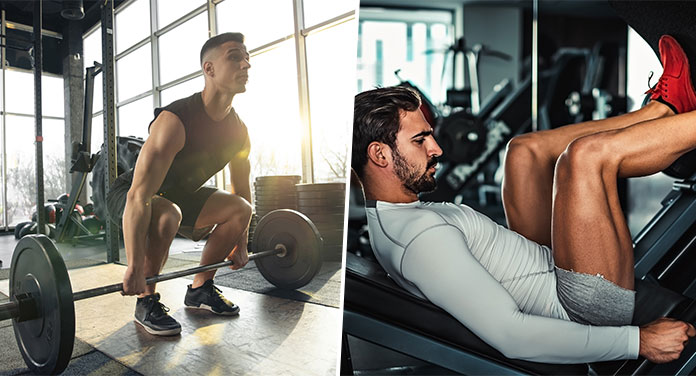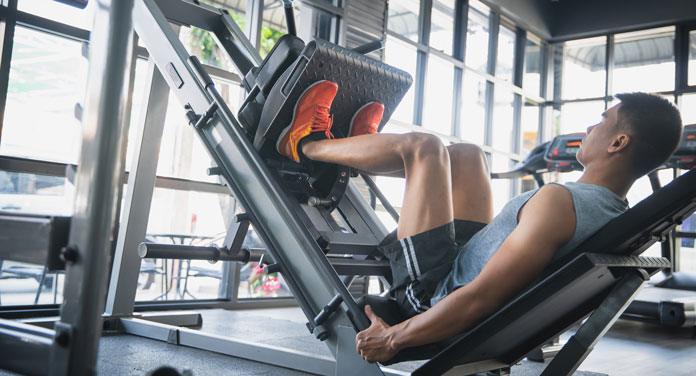Best Tips For Safe Cycling. Every year, thousands of cyclists are involved in accidents on our roads. Either because they don’t know the typical dangers or they underestimate them.
We would like to make you aware of the risks lurking in road traffic and give useful tips for safe cycling on how best to counter them.
Danger From Other Road Users
As absurd as it may sound, cars play the biggest role when it comes to cycling safety. As a cyclist, you have the task of thinking for yourself. Drivers do not always comply with the rules, they overestimate themselves and make mistakes. Because the cyclist naturally loses out as soon as there is an accident with a motor vehicle, he has to slip into the role of the car driver and see through his eyes.
In everyday life, pay particular attention to:
- Right turn. It is not uncommon for cyclists to be overlooked. Either out of inattention or because they are in the blind spot during the turning process.
- Left turn. A forgotten look over the shoulder can have fatal consequences.
- Crossings. You must assume that other road users will not understand the traffic situation or willfully disregard the applicable traffic rules.
- Exits. Motorists often have to feel their way forward because they can only see part of the cycle path.
- Distance to parked cars. Expect car doors to be opened carelessly.
- Distance to other road users. They may react differently than expected and suddenly cross your lane. Likewise, your changes of direction can be surprising for other road users. So always indicate your intentions in good time!
- Unevenness in the subsoil. Potholes not only affect the bike, but in the worst case, they can even bring you down.
Your Own Bike As A Source Of Danger

Cycling is healthy, it protects the environment and is almost free. The bicycle is superior to the car in many ways. However, there is one crucial difference: the protective outer shell is missing. It is all the more important that the bike is roadworthy.
In order to keep the risk of accidents as low as possible, certain equipment elements are mandatory (according to the Road Traffic Licensing Regulations):
- Lighting: white at the front and red at the back. Dynamo or battery-operated, if approved for road traffic by the Federal Motor Transport Authority. During the ride, the light elements must be firmly attached to the bike.
- Reflectors: front reflector white and rear reflector red. Often in units with front and rear lights. In addition, two reflectors per wheel (the classic cat’s eye, clip-on, or reflective wheel).
- Bell: Good to hear.
- Brakes: Two brakes that work independently.
- Pedals: Non-slip, securely screwed, each equipped with two yellow reflectors (one facing forwards, one facing backward).
Our Product Tip For Safe Cycling: Ascher Ultra Bright USB Rechargeable Bike Light Set
In addition, there are a number of safety-enhancing additional devices that can be used in addition and on a voluntary basis, such as:
- A luggage rack for transporting small items.
- A bike stands for a secure hold.
- A parking light system for visibility when standing.
- A chainguard against the ingress of clothing, sticks, or the like.
- Winter tires for better ground contact in slippery conditions.
- A handlebar mirror for rear vision.
Quality and regular care influence the longevity of the individual components and prevent a loss of performance. Because the brake fails at a crucial moment, it’s already too late. Therefore, take preventive action and eliminate possible weak points immediately. Alternatively, go to a workshop and have the defects repaired professionally.
Risk Factor Weather
Depending on the weather, the requirements for safe driving behavior can change.
The winter months in particular should be enjoyed with caution. Icy bike paths are particularly treacherous. Tight curves and braking maneuvers harbor an enormous risk of falling. On the one hand, because the tires have no grip, on the other hand, the steering behavior is almost impossible to control.
Safe cycling – what you can do:
- Avoid abrupt movements such as hard braking and hectic steering movements. Brake intermittently instead.
- Drive with foresight. Expect the braking distances of road users to increase.
- Take turns at a sweeping angle.
- Reduce speed.
But the summer is not without. As soon as you drive head-on into the sun, your visual perception changes – to your disadvantage. The direct incidence of light and its reflections temporarily limit the ability to see. So wear sunglasses. In this way, you keep a clear view and avoid collisions.
In addition to an appropriate driving style, the choice of clothing plays a decisive role in the safety issue.
In principle: Pay attention to good visibility! Wear light-colored clothing when it’s dark. However, the clothing does not end with trousers or shirts, but consequently also includes the helmet. Although decried as not very aesthetic, it is a lifesaver elsewhere.
Wear a helmet and become a role model!
Safe Cycling: Your Own Driving Behavior As The Cause Of An Accident
Ultimately, not only external factors decide how safe we are on the road, but also the way in which we move.
Although there is no speed limit on cycle lanes, speeds should be appropriate to current conditions.
- in heavy city traffic,
- in the area of playing with children,
- in confusing places,
- with limited visibility due to fog,
- on slippery roads due to rain, leaves, ice, or snow,
- on steep slopes and winding terrain and
- with changing ground
You’d better slow down.
Safe Cycling: The Alcohol
On social evenings, the bike is often an adequate alternative to the car because it allows us to drink a glass or two of wine. While driving is prohibited from a blood alcohol level of 0.5, cycling is still permitted up to a blood alcohol level of 1.6. However, full driving ability is often lost much sooner.
So don’t make any ill-considered decisions and don’t base your journey home on legal standards. Instead, honestly reflect on whether you can still operate the bike safely. This not only protects you but also others!





